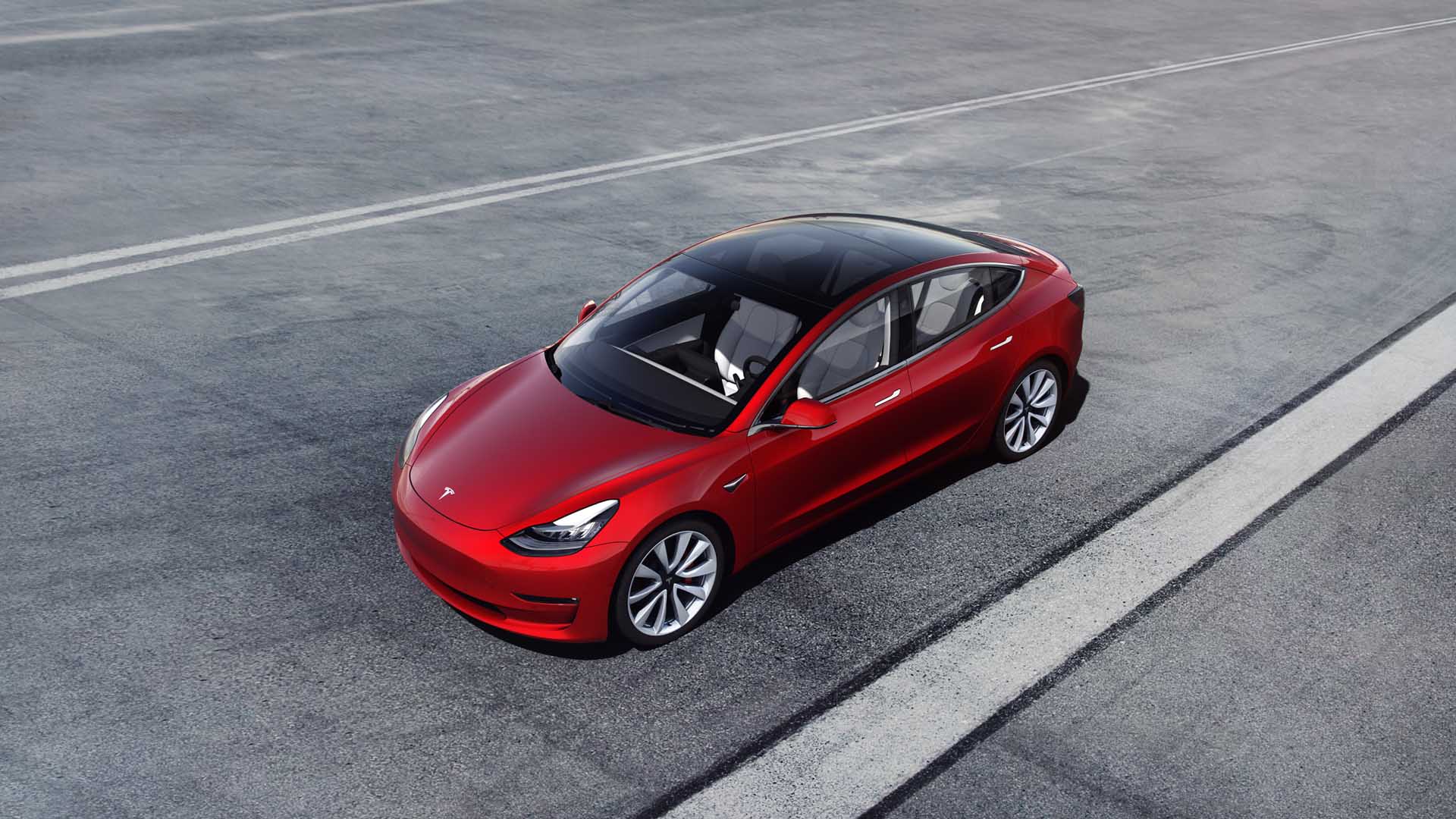

2022 Tesla Model 3: Charging to 100% can be the norm for 272-mile LFP version2022 Tesla Model 3: Charging to 100% can be the norm for 272-mile LFP version
Tesla is providing a recommendation to owners of new base 2022 Model 3 RWD electric cars equipped with lithium iron phosphate (LFP) battery cells that is something of a gift in usable range: Charge to 100% on a regular basis.
The automaker began using LFP cells for Chinese-market vehicles, but has been hinting at a broader shift for some time. Tesla said in October that LFP cells would be used in all standard-range vehicles globally, and in the United States it’s just starting with a new rear-wheel drive base Model 3 for 2022.
According to a revised Model 3 owner’s manual for the U.S., drivers can see if their cars have LFP battery cells by opening the charging menu on the touchscreen and selecting “Set Limit,” or opening the charging section of the Tesla app and dragging the slider. Cars with LFP batteries will show “50%” and “100%” settings, while other versions “Daily” and “Trip” settings.
Tesla Model 3 charging
The different guidelines for LFP cars include the recommendation that Model 3 owners keep the charge limit set to 100%, and actually charge their cars to 100% at least once a week, per the owner’s manual. If a car is parked for more than a week, Tesla recommends that owners drive normally and charge to 100% at their earliest convenience.
That’s quite different than the guidance for Model 3 sedans with the more common NCA battery pack, which casually emphasizes charging to 80% or 90% most of the time and saving the full 100% charge for road trips.
The base rear-wheel drive 2022 Tesla Model 3 equipped with LFP cells replaces the Standard Range Plus version. With a 272-mile range and 0-60 mph time of 5.8 seconds, the new base model offers more range than the Standard Range Plus, but with slower acceleration. It’s also priced $1,000 higher, contributing to an $8,000 price hike from earlier in 2021.
Tesla Model 3 base rear-wheel drive on Tesla website November 2021
The LFP battery pack also makes the base Model 3 less efficient, according to recently-released EPA ratings. The 2022 model is rated at 132 MPGe combined (138 MPGe city, 126 MPGe highway) compared to 142 MPGe combined (150 MPGe city, 133 MPGe highway) for the 2021 Model 3 Standard Range Plus.
Tesla initially said it would use LFP cells as a way to free up more energy-dense cells for the Semi and other products that might need them. While they’re a relatively new chemistry for Tesla, LFP cells are well established in China.
Among the companies already favoring LFP cells is Chinese automaker BYD, which has emphasized their reputation for safety and stability with the rollout of its latest Blade battery.
View original article at: “https://www.greencarreports.com//news/1134547_2022-tesla-model-3-charging-to-100-can-be-the-norm-for-272-mile-lfp-version”
Add a comment Cancel reply
Comments (0)
grote blote tieten
… [Trackback]
[…] Find More here to that Topic: autoseu.com/2022-tesla-model-3-charging-to-100-can-be-the-norm-for-272-mile-lfp-version2022-tesla-model-3-charging-to-100-can-be-the-norm-for-272-mile-lfp-version/ […]
free ranking guide
… [Trackback]
[…] There you can find 74614 additional Information on that Topic: autoseu.com/2022-tesla-model-3-charging-to-100-can-be-the-norm-for-272-mile-lfp-version2022-tesla-model-3-charging-to-100-can-be-the-norm-for-272-mile-lfp-version/ […]
Related posts


Electric SUVs: Top 6 Models for Family Trips











